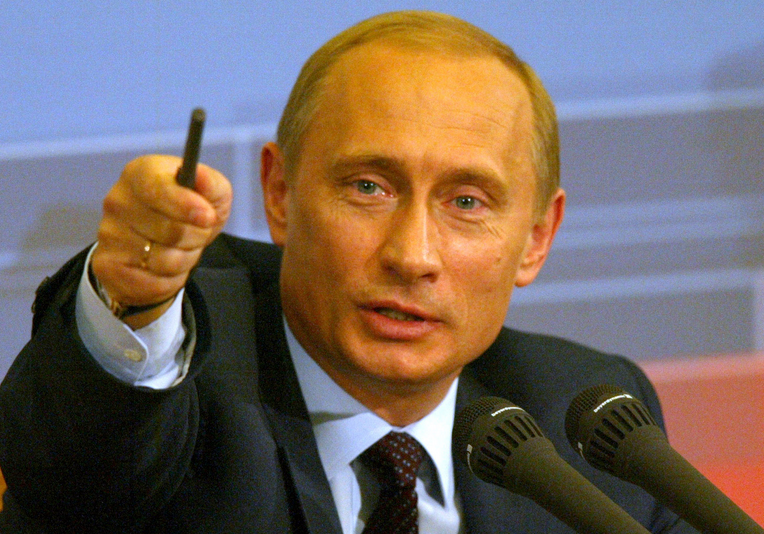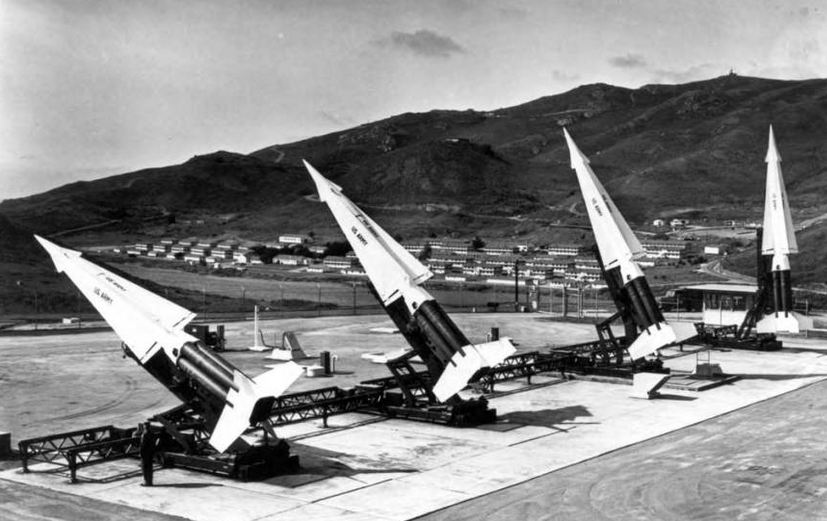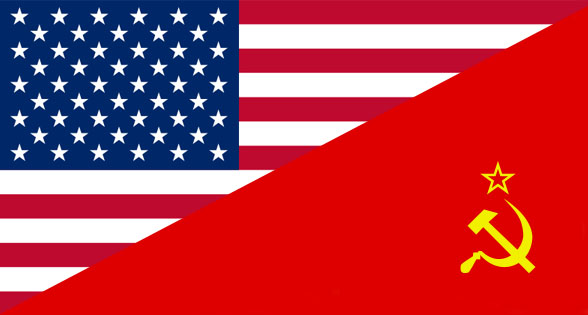
The fall of the Berlin wall was one of the most iconic parts of the end of the Cold War. Now, after 25 years, CNN is celebrating the anniversary of that fateful day through the re-airing of their documentary entitled “The Cold War”.
The documentary first aired in 1998, giving an incomparable insight from the people who lived and fought through the Cold War. The documentary lets the viewers see the events that have shaped our world in the present.
“The Cold War” was commissioned by the founder of CNN Ted Turner, produced by the award-winning TV director Jeremy Isaacs, and narrated by the Academy Award nominated actor Sir Kenneth Branagh.
The documentary started re-airing on CNN international last January 4. It will show another portion of the 12 part documentary every 2 weeks.
Intros of the 12 parts can be found here:
“Comrades” 1917-1945
It all starts with the Russian Revolution followed by the Russian Civil war that created a rift between the U.S. and the Soviet Union. The rift was partially interrupted by President Franklin Roosevelt but ultimately resumed when the USSR annexed the Baltic States.
“Iron Curtain” 1945-1847
https://youtu.be/p8mpF8Ig7LQ
The world is returning to normalcy and the United States is enjoying an economic boom. Europe is still struggling, while in the Soviet Union, Stalin has continued his purges and left the country in famine.
“Marshall Plan” 1947-1952
https://youtu.be/lf0axpYS6CA
The United States institutes the Marshall Plan, handing aid to war ravaged parts of Europe. Stalin, suspicious of America’s true intentions, prevents Soviet countries to take part in the plan. The Soviet leader then create a counter plan by establishing the Council for Mutual Economic Assistance.
“Berlin” 1948—1949
https://youtu.be/jCgTr307MM8
Opposed by the USSR, the United States emphasizes the need to rebuild the German economy. With the introduction of the Deutsche Mark, the Soviets react by tightening checkpoints leading into the French, British, and American sectors of Berlin, ultimately leading to a ground blockade of the city. To keep the city from starvation, the western allies begin the Berlin Airlift, ferrying in supplies by plane.
“Korea” 1949-1953
https://youtu.be/1roWqEmFXqI
Korea was split between the United States and the Soviet Union at the end of World War Two. The Soviets install Kim Il-sung as the leader of the north, while the Americans place Syngman Rhee at the head of the south. In 1950, with the help of the Soviets, North Korea invades South Korea, pushing U.S. and South Korean forces to a city at the southern tip of the Korean peninsula, called Pusan.
“Reds” 1948—1953
https://youtu.be/om6enfQmQGo
Fear of one another permeates the eastern and western leadership, trickling down to the citizenry. The House Committee on Un-American Activities in the United States begins investigating alleged communist infiltration in the entertainment industry and diplomatic corps.
“After Stalin” 1953—1956
https://youtu.be/T5SPXiMiv-I
After Stalin’s sudden death, Nikita Khrushchev takes over the Soviet Union, reversing some of Stalin’s oppressive policies. Khrushchev also reestablishes relations with Yugoslavia and in a secret speech given to the Soviet leadership he denounces Stalin’s harsh policies. Meanwhile, West Germany begins to rearm, leading the USSR to establish the Warsaw Pact in response.
“Sputnik” 1949—1961
https://youtu.be/IFzdIgBsZr4
Unbeknown to the United States, the Soviets had spied on the U.S. development of the atom bomb, and quickly created their own after the Second World War. This sparked a nuclear arms race between the two superpowers. With the successful Soviet launch of Sputnik, America responds by increasing its development of nuclear armed missiles.
“The Wall” 1958—1963
As West Germany and West Berlin become more affluent, East Germans begin to flee their country for their more prosperous neighbor. Khrushchev demands that the British, French, and Americans leave West Berlin, but they decline and the opportunity for a peaceful resolution is dashed when the Soviets walk out on the Paris Summit of 1960 because of the U-2 incident.
“Cuba” 1959—1962
Fidel Castro seizes power as a result of the Cuban Revolution and becomes an ally of the Soviet Union. He begins to nationalize American assets in Cuba, which leads to the United States introducing an economic boycott of the island nation.
“Vietnam” 1954—1968
Vietnam’s former colonial ruler, France, was forced out of the country after losing the Battle of Dien Bien Phu. Refugees began to flood into South Vietnam from the north, after communists there began a strict land reform program. The Viet Cong, with Soviet help, tries to reunify the country through force. America, supporting South Vietnam, becomes more involved after the Gulf of Tonkin incident.
“MAD” 1960—1972
America’s policy of targeting Soviet military bases as a deterrent to war is shown to be ineffective during the Cuban Missile Crisis. A new deterrent policy is thought up by U.S. Secretary of Defense Robert McNamara, called MAD, or Mutually Assured Destruction.






